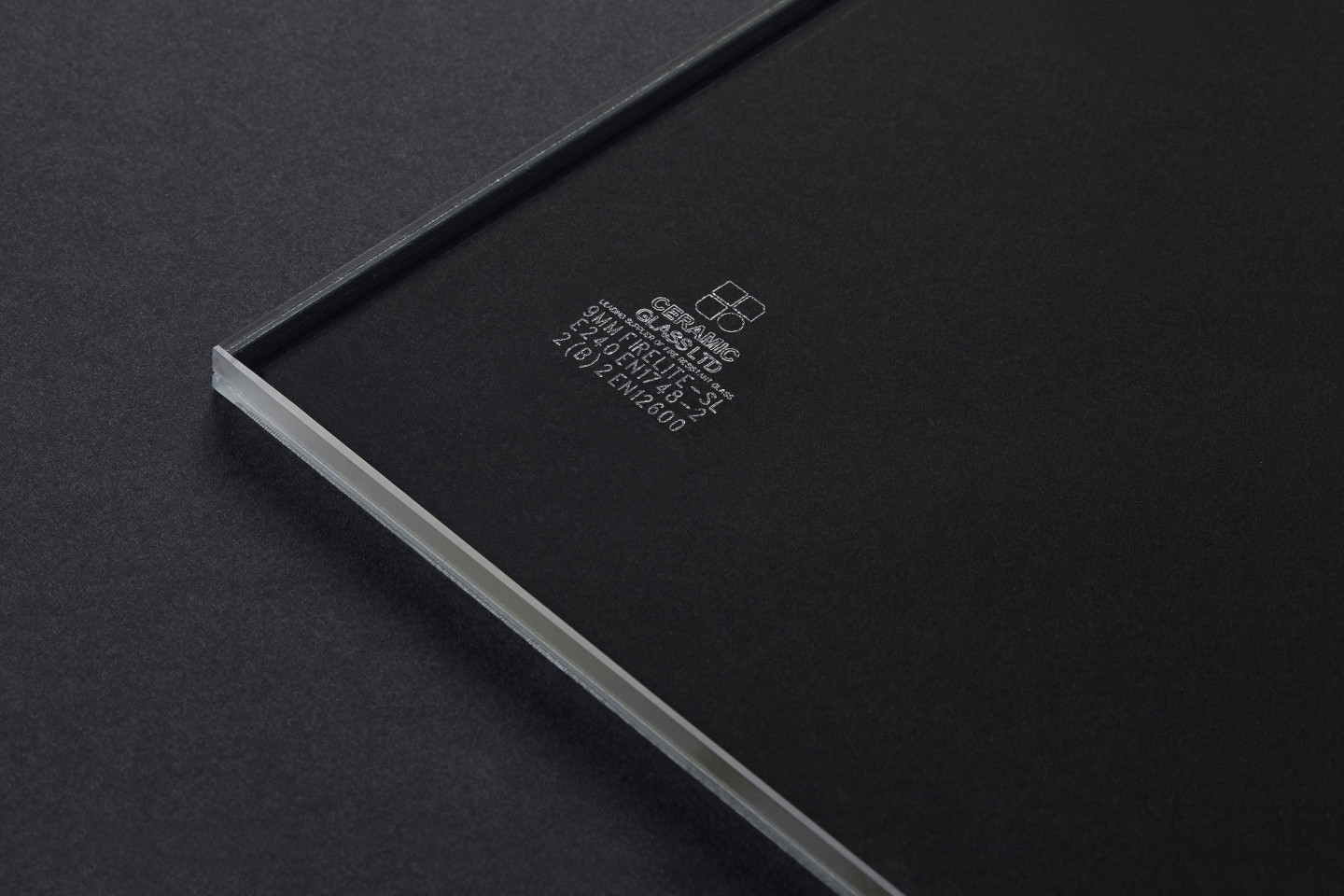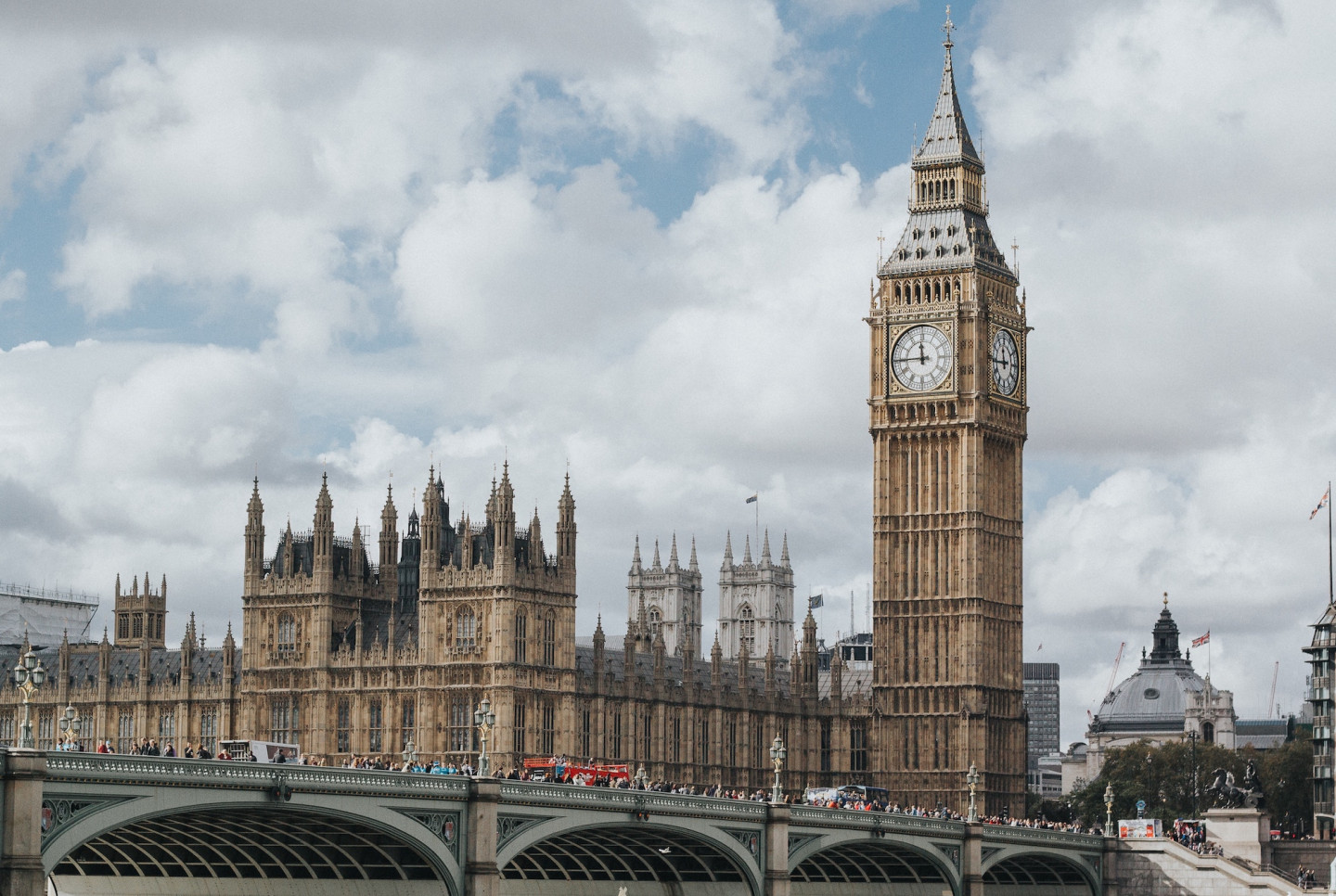Chilli Penguin Stoves design and manufacture a wide range of multi-fuel stoves, log stores, canal boat flue systems and accessories within the UK.
We have been a supplier for Chilli Penguin Stoves for almost 8 years, providing coated and painted stove glass for their manufacturing process.
Our specialist coated and painted stove glass has been helpful within the manufacturing of wood burning and multi-fuel stoves. We have worked hard to provide a quality alternative for Chilli Penguin Stoves from their previous supplier whilst also being “easy to work with and responsive” .
The painted stove improves the overall aesthetic look of the products, and is also long-lasting, durable and heat resistant. This means the end client knows their product is going to maintain its colour well, with little maintenance required. Chilli Penguin Stoves offer a range of six colours for clients to choose from, so that their customers can make personal decisions which best suit them and their design needs.
During our 8 year collaboration, we are pleased that Chilli Penguin Stoves have reported back on the quality of our products and have felt happy with our level of customer service. Steve Harman, Chilli Penguin Stoves company owner, has also added that we are “a valuable member of our supply chain who understands our business and has never let us down”
If you’re interested in our range of painted and coated stove glass products, please contact sales@ceramicglass.co.uk or check out our products on www.ceramicglass.co.uk.










